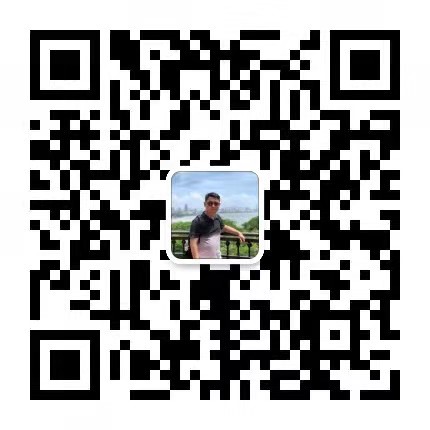The forward and reverse rotation of the main shaft is realized by changing the transmission chain by the friction clutch
Fuel and control systems, ignition systems, air systems, steering systems, indicating systems, exhaust systems, lubricating oil systems and starting systems.
Different flight stages of the aircraft (rolling, take-off, climb, cruise, descent, approach, go-around, etc.) require different thrust (or power), corresponding to different working states of the engine, that is to say, different fuels need to be supplied to the engine quantity.
On an aircraft there is an aircraft fuel system and an engine fuel system. The engine fuel system starts from the fuel pump of the aircraft fuel system that supplies fuel to the engine, until the fuel is sprayed from the nozzle of the combustion chamber. In addition to the fuel pump, there are fuel heaters, fuel/lubricating oil heat exchangers, and fuel filters. , Fuel controller, fuel flow meter, distribution valve or boost and drain valve, fuel manifold, fuel nozzle.
This type of voltage regulator is only suitable for generators with excitation current less than 2A, and the contacts are easily damaged, and sparks generated when the contacts are on and off will cause strong electromagnetic interference. But its control principle is adopted by modern transistor-type voltage regulators.
Later, the high-power low-voltage DC power system (3~18kW) adopted a carbon-chip voltage regulator, and the controlled excitation current could reach 10~15A.
The main disadvantages of the carbon-plate voltage regulator are: the power consumption is large, the carbon plate is easy to wear, the performance of impact resistance and vibration resistance is poor, and the accuracy is low. At present, there are still some aircraft low-voltage DC power supply systems that use carbon-chip voltage regulators, and some measures have been taken to improve their performance, but the above shortcomings still exist, and there is no fundamental change.
The electrical control circuit M1 of the C620-1 ordinary lathe is a spindle motor, which drives the spindle to rotate, and realizes the feeding movement of the lathe through the feeding mechanism. M2 is the cooling pump motor, which drives the cooling pump to supply coolant. Now the circuit is divided into three parts: main circuit, control circuit and lighting circuit.
In order to process various rotating surfaces, the lathe must have cutting motion and auxiliary motion. Cutting motion includes main motion and feed motion, and other necessary motions other than cutting are auxiliary motion.
The capacities of M1 and M2 are both less than 10kW, and they are directly started with full pressure, and both rotate in one direction. M1 is controlled by the contactor KM to start and stop, and the forward and reverse rotation of the main shaft is realized by changing the transmission chain by the friction clutch.









